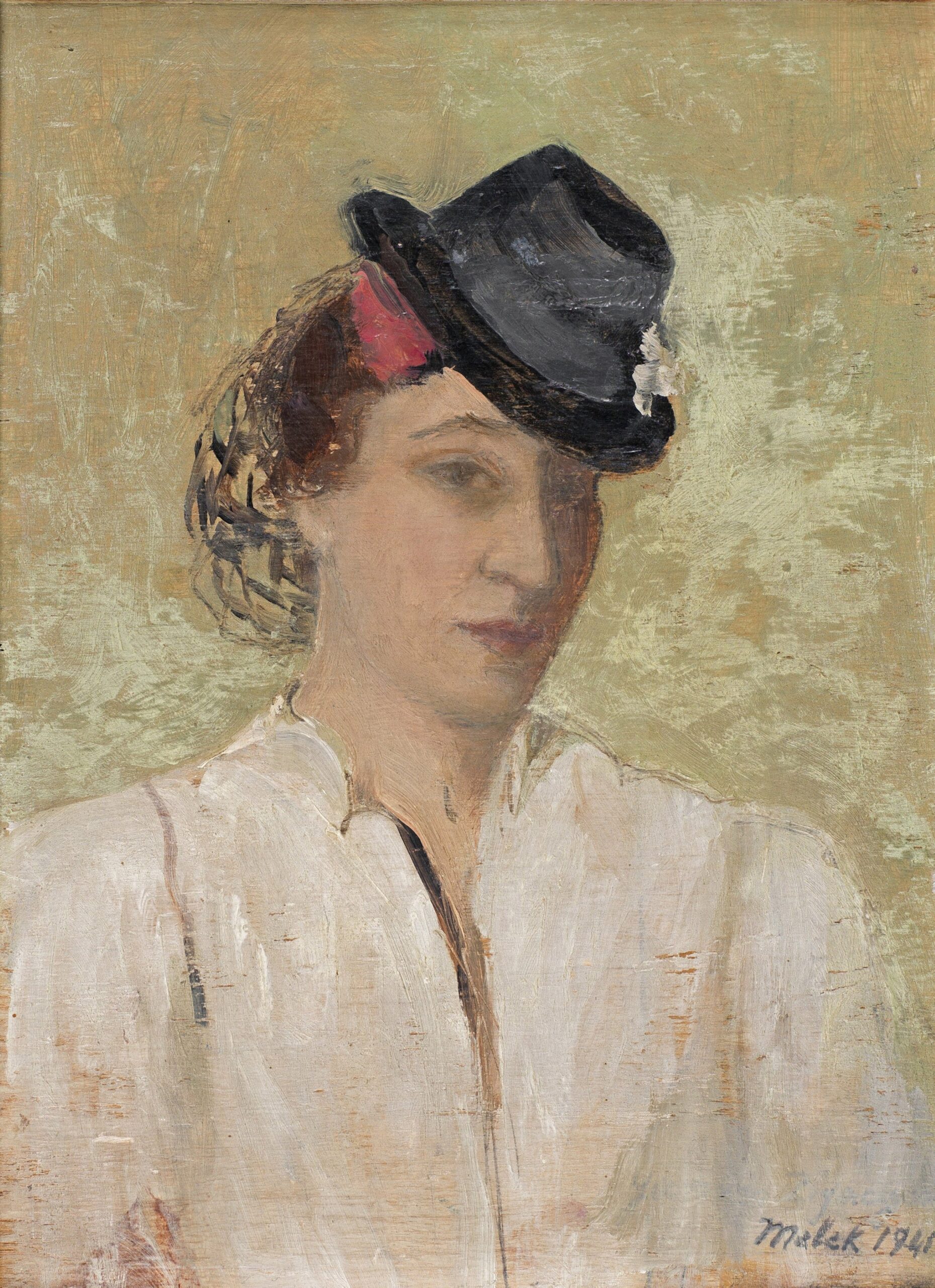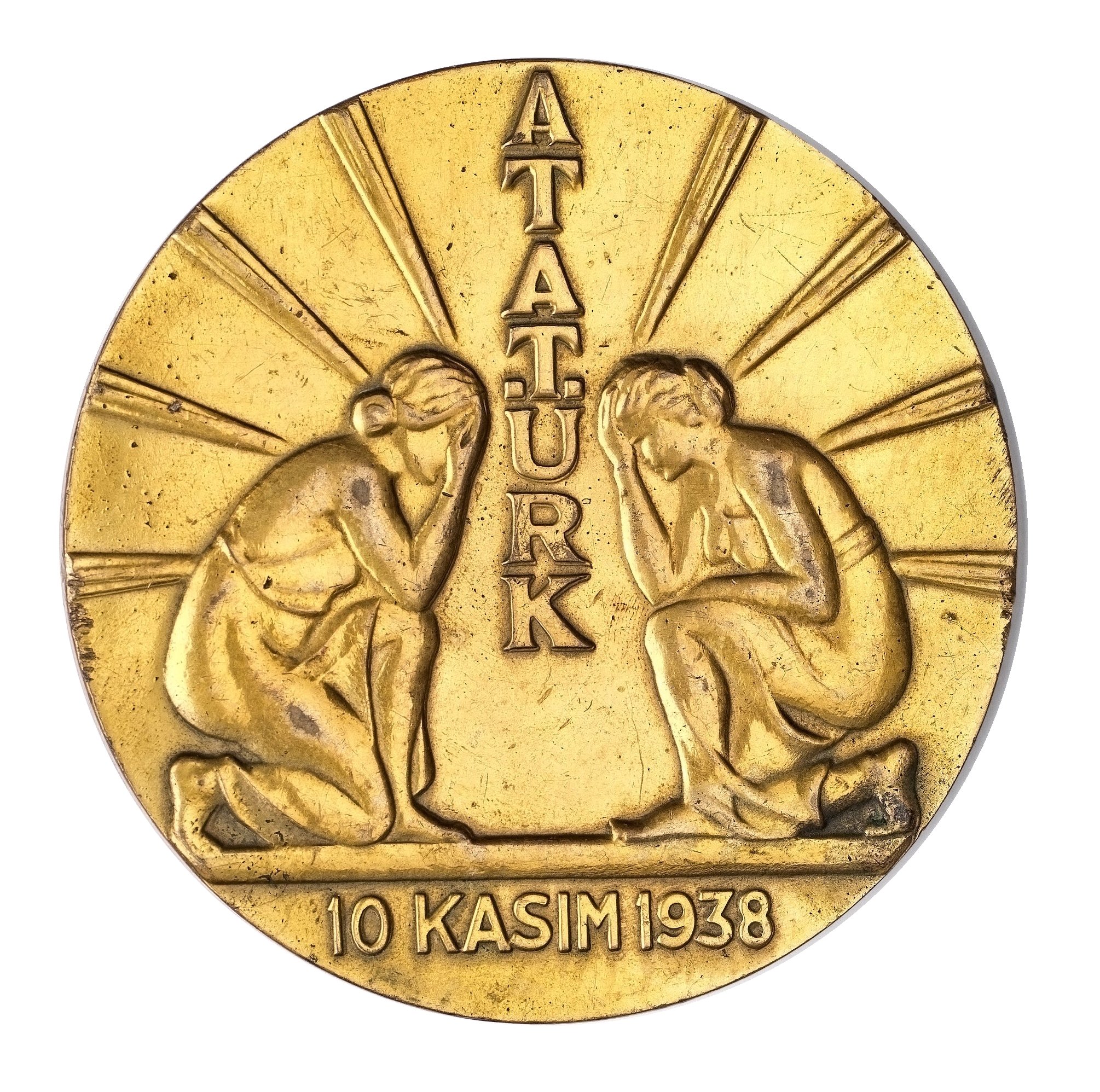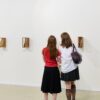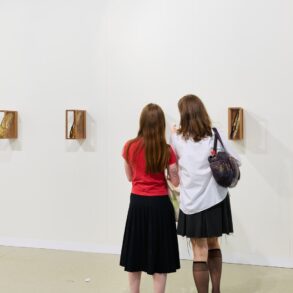Sakıp Sabancı University’s Sakıp Sabancı Museum (SSM) has launched an illuminating series of monographic exhibitions titled “A Forgotten Woman of the Republic: The Many Ways of Melek Celal” spotlighting pivotal figures in Turkish art, with its latest focus squarely on Melek Celal Sofu, a trailblazing female artist from the late Ottoman Empire and early Republican era.
The exhibition is centered around the life and art of Celal, the first female artist to show nude works at the Galatasaray Exhibition in 1924, as well as the first woman to open a solo exhibition in 1935. Featuring a diverse array of the artist’s paintings and sketches; as well as patterns inspired by Anatolian motifs; articles on urban planning, calligraphy and Turkish embroidery, the exhibition also features a rich archive, including photographs, postcards, memoirs and letters providing a comprehensive view of her life.
Born in the late 19th century in the Ottoman Empire and continuing her life in the early days of the Turkish republic, Melek, as one of the pioneering female representatives of the first modern artist generation, presents a comprehensive view of her life and works in the exhibition, providing clues about the period’s transition into modernization within a country undergoing radical changes. Raised in Istanbul within a cultured Ottoman family like many artists of the early republic, Melek Celal’s life not only narrates the tale of a forgotten painter but also portrays the cultural panorama of the late Ottoman and early Republican periods. The exhibition also includes a scientific analysis titled “Melek Celal: Beyond Visible,” shedding light on the artist’s technique, restoration of her works and the structure of materials used.
Sabancı Holding CEO Cenk Alper, stated: “We believe that the exhibitions we have previously organized in collaboration with Sakıp Sabancı Museum, featuring Feyhaman Duran, Selim Turan, Avni Lifij and Abdülmecid Efendi, are not only significant for art enthusiasts but also serve as important art historical resources. In the centennial year of our republic, it brings us great joy to present this exhibition on the life and art of Melek Celal, a multifaceted female artist who embodies all the values of the republic.”

Director of the Sakıp Sabancı Museum, Nazan Ölçer, said, “Our monographic exhibitions, concentrating on an artist’s oeuvre and delving deeply into their stylistic nuances and contributions to the cultural and artistic landscape, always demand thorough preliminary research. This year, under the sponsorship of Sabancı Holding, we have chosen to shine a spotlight on a remarkable female artist. Regrettably, Melek Celal, a versatile individual born into a prestigious family, navigating the transition from the Ottoman Empire to the Republic of Türkiye, has been overlooked in contemporary narratives of the republic. In commemorating Melek Celal, a true embodiment of Republican ideals, we see it as our responsibility to revisit this pivotal epoch in Turkish history and its aspirations on the occasion of the republic’s centenary.”
“Melek, raised in an educated and affluent family, received an exceptional education within the confines of her home. Although her name doesn’t appear in the official records of the School of Fine Arts for Women and the Academie Julian, it is likely that she attended these institutions as a guest student and continued her education by attending the studios run by prominent artists during her frequent travels to Paris. Residing in Moda and establishing her studio, Melek played an active role in the cultural and artistic milieu of Istanbul, hosting numerous artists and intellectuals of her time at her house, Villa Wohl,” she added.

“Beyond her work as a painter and sculptor, Melek Celal was also an accomplished writer and critic. Her articles and books on traditional Turkish arts and calligraphy, coupled with her talks on the subjects, are as noteworthy as her identity as an artist. Melek stands as a representative of the republic as we invite all art enthusiasts to explore the life and art of this exceptional female figure, whose global outlook, educational foundations and unwavering commitment to traditional Turkish arts and architecture served as an example for the generation the republic aimed to raise,” she remarked.

The exhibition catalog, endowing “A Forgotten Woman of the Republic: The Many Ways of Melek Celal” with an enduring academic legacy, features articles by Namık Sinan Turan, Gizem Tongo, Ahu Antmen, Nazan Bekiroğlu, Mehmet Samsakçı and Ömer Faruk Şerifoğlu, approaching Melek Celal’s life and art from diverse perspectives.
It can be visited at SSM Gallery-2 every day except Monday, from 10 a.m. to 6 p.m., until April 28.
This post was originally published on this site be sure to check out more of their content









